Rampage IV GENE - Extensive Overview
The Rampage IV GENE represents the third Rampage IV motherboard to launch from ROG, following on from the Formula and Extreme in 2011. As ever, the GENE is a microATX board that's small on size but big on features. It follows in the Formula's footsteps with a feature-set that angles itself towards hardcore gamers, albeit LAN gamers in need of portable - or at least smaller - rigs, rather than pro overclockers. This includes its 2(/3)-way SLI/CrossFireX from the three PCI-Express 16x slots squeezed in, along with the latest SupremeFX III audio. Obviously there's still the OC-edge from the ROG-grade DIGI+ CPU and DRAM power hardware and the meaty VRM cooling. All this is then wrapped up in the usual ROG red and black.
Rampage IV GENE Overview
Going around the Rampage IV GENE layout from bottom right, there are six SATA ports: 2x 6Gbps and 4x 3Gbps. There's also a sneaky extra seventh SATA 6Gbps port just under the heatsink too. This should be plenty for small cases, while there are still a couple of PCI-Express slots (including a 4x) for RAID/SATA card expansion if more are required. To the left of this is the case front button/LED pins, while above is the USB 3.0 front-panel pins.
Up from here is the 24-pin ATX power connector, along with the ProbeIt solder points, boot diagnostic LEDs and a two digit POST LED readout. All this helps diagnose potential PC booting issues and keeps a track on real-time readings. Between these and the DIMM slots are the two DIGI+ VRM controllers for both sets of DIMMs on either side of the CPU socket.
Up atop of the CPU socket we see a row of black metallic capacitors next to the 8-pin EPS power socket for the CPU. You can use a 4-pin, but it's strongly advised you use a full 8-pin to provide reliable and adequate power to the CPU and the rest of the system. As you can see below a heatpipe distributes the heat between the two large heatsinks, providing thermal mass to the surrounding CPU area. The CPU DIGI+ power controller is nestled just under the heatpipe, to the right of the DIMM slots.
Rolling round to the rear I/O, we can see it includes 8 USB 2.0 ports (the white one doubles up as the BIOS Flashback port or ROG Connect), 2 USB 3.0 ports, Intel Gigabit Ethernet, one eSATA port, PS2 keyboard/mouse, optical S/PDIF out and 6x 3.5mm audio jacks for 7.1 surround sound, microphone and line-in. The two backlit buttons represent the Clear CMOS (circular arrow) and ROG Connect/BIOS Flashback (two links).
Those audio ports are powered by the latest SupremeFX III tech, which includes an isolated PCB area (highlighted by subtle red LEDs from the underside), an EMI shield over the audio codec and a 1500uF capacitor that smooths out the main power flow to remove spikes and dips. This visible PCB cutout entirely separates the audio processing from the rest of the boards signals, improving sound quality.
You can see the line snaking its way through the PCB - this is the actual separation of audio area to motherboard. The tiny red LEDs dotted above it provide a gentle glow through from the back side to the front.
There are four PCI-Express slots on the motherboard, including two 16x (first and third), one 8x (bottom) and one 4x (second). Remembering that the micro ATX spec is limited in space, this still provides enough room for two-way SLI/CrossFire with dual-slot cards. If your case accomodates enough room to have a card hanging off the bottom slot, then SLI/CrossFire will still work with the two cards in different slot bandwidths of 16x and 8x, but with a bit more breathing room for the top card. PCI-Express 3.0 is supported with the latest UEFI BIOS update.
If you're watercooling with two single-slot cards in the bottom slots, then 3-way SLI/CrossFire is technically possible, however due to this being a very niche setup the GENE does not provide a 3-way connector in the box.
Along the bottom there are the large power and reset buttons, along with the smaller profile switching Go Button squeezed in next to it. If you're upgrading from a Rampage III Black Edition or Crosshair V Formula with ThunderBolt card - the AAFP pin-out is down here too, as is an extra S/PDIF out should you need it.
There are four extra USB 2.0 headers along the base and above the fanless heatsink cooling the Intel X79 chipset. The average gaming case should provide enough general system airflow to keep the GENE (and your other hardware) happy, however those running two high-end graphics cards which overlap and add their own heat, it's advisable to make sure there is some airflow around the CPU socket to cool the additional heatpipe and fins connected too it. Every system setup and case is different so keep an eye on temps after you setup as you would on any new build, and bare in mind most Intel chipsets including the X79 can generally run hot and happy if need be.
We'll have an unboxing done soon, but in the meantime if you have any thoughts or questions about the Rampage IV GENE let us know in the forums or on our ROG Facebook page.
Author
Popular Posts
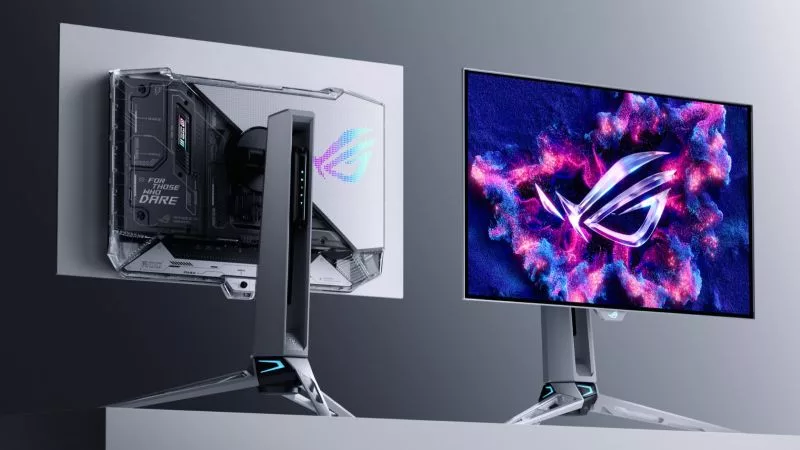
Prepare for Tandem OLED splendor with these new ROG gaming monitors
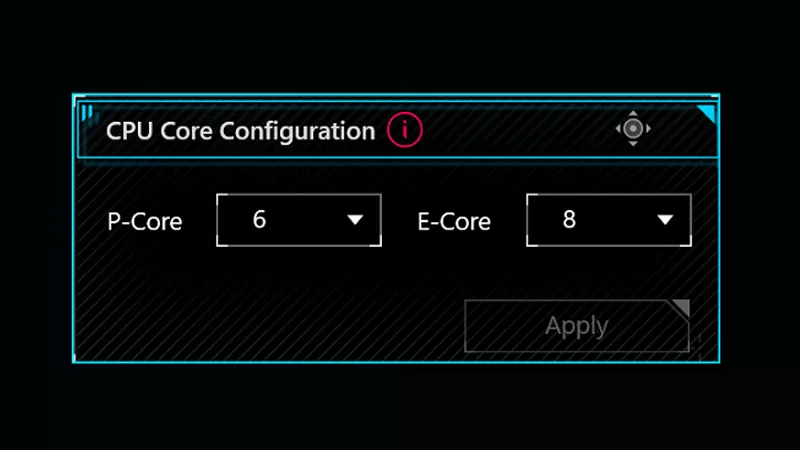
How to adjust your laptop's P-Cores and E-Cores for better performance and battery life

How to Cleanly Uninstall and Reinstall Armoury Crate
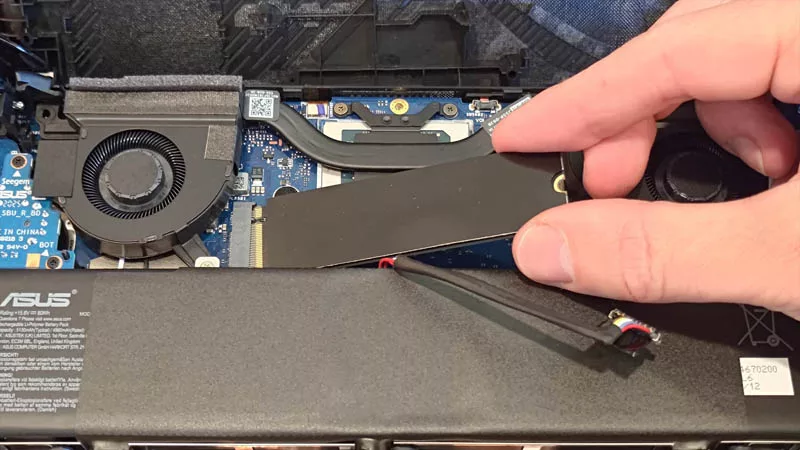
How to upgrade the SSD and reinstall Windows on your ROG Ally, ROG Xbox Ally, or ROG Xbox Ally X
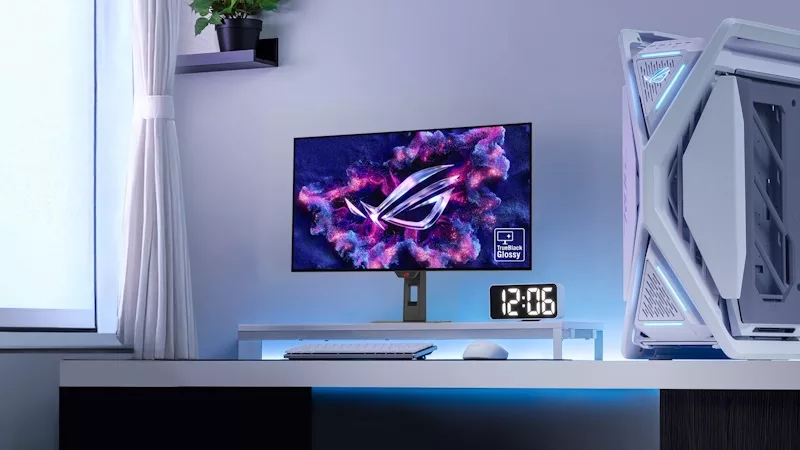
32-inch glossy WOLED panels debut in the ROG Strix OLED XG32UCWMG and XG32UCWG gaming monitors
LATEST ARTICLES
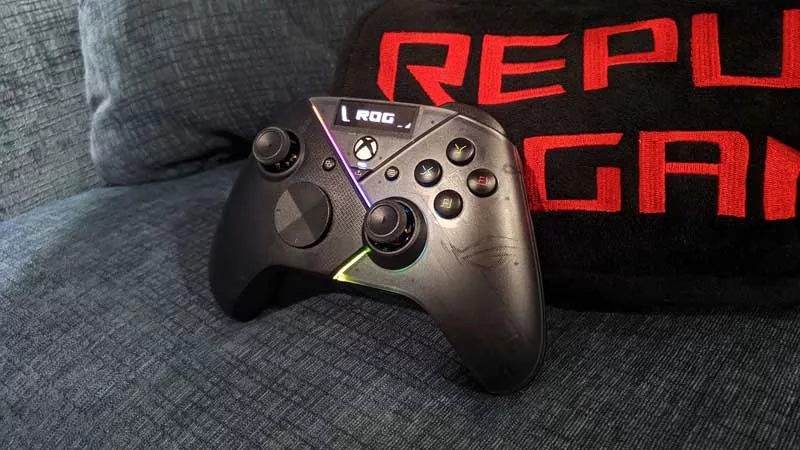
Hands-on: The ROG Raikiri Pro took my couch gaming to the next level
I've been a diehard PC gamer all my life, but I often play on the couch. The ROG Raikiri Pro has improved my living room PC gaming immeasurably thanks to a few useful features and loads of customizability.
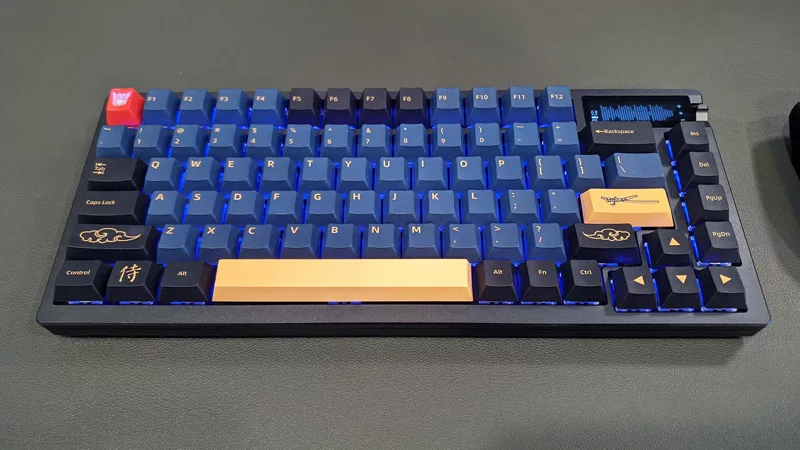
Hands-on: The ROG Azoth became the canvas for the keyboard of my dreams
Ever since I bought my first mechanical keyboard, I’ve been on a mission to mod and upgrade, mod and upgrade. But I think the ROG Azoth may actually be my endgame.
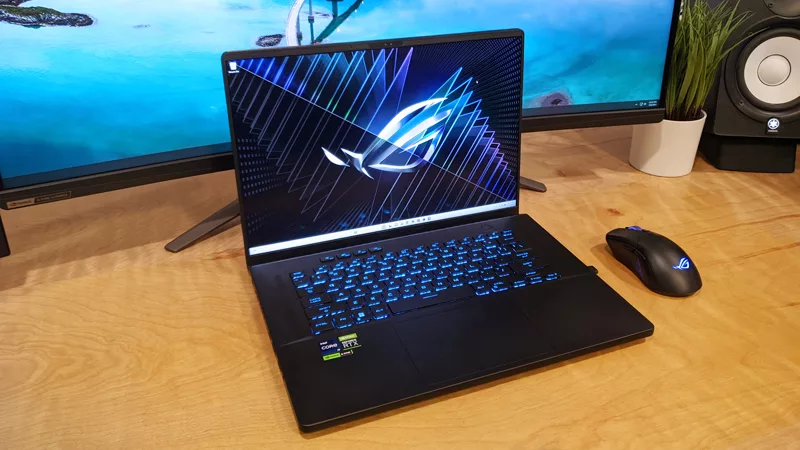
The Zephyrus M16 blends outstanding HDR gaming performance with undeniable luxury
The new ROG Zephyrus M16, with its Nebula HDR display, is like bringing a high-end home theater gaming setup with you wherever you go.

Radeon graphics and a stellar new display reinvigorate 2022 ROG Zephyrus G14
For a long time, I had to choose between underpowered ultraportable laptop and large laptops capable of gaming. But the ROG Zephyrus G14 puts admirable gaming chops into an ultra portable machine that travels anywhere.
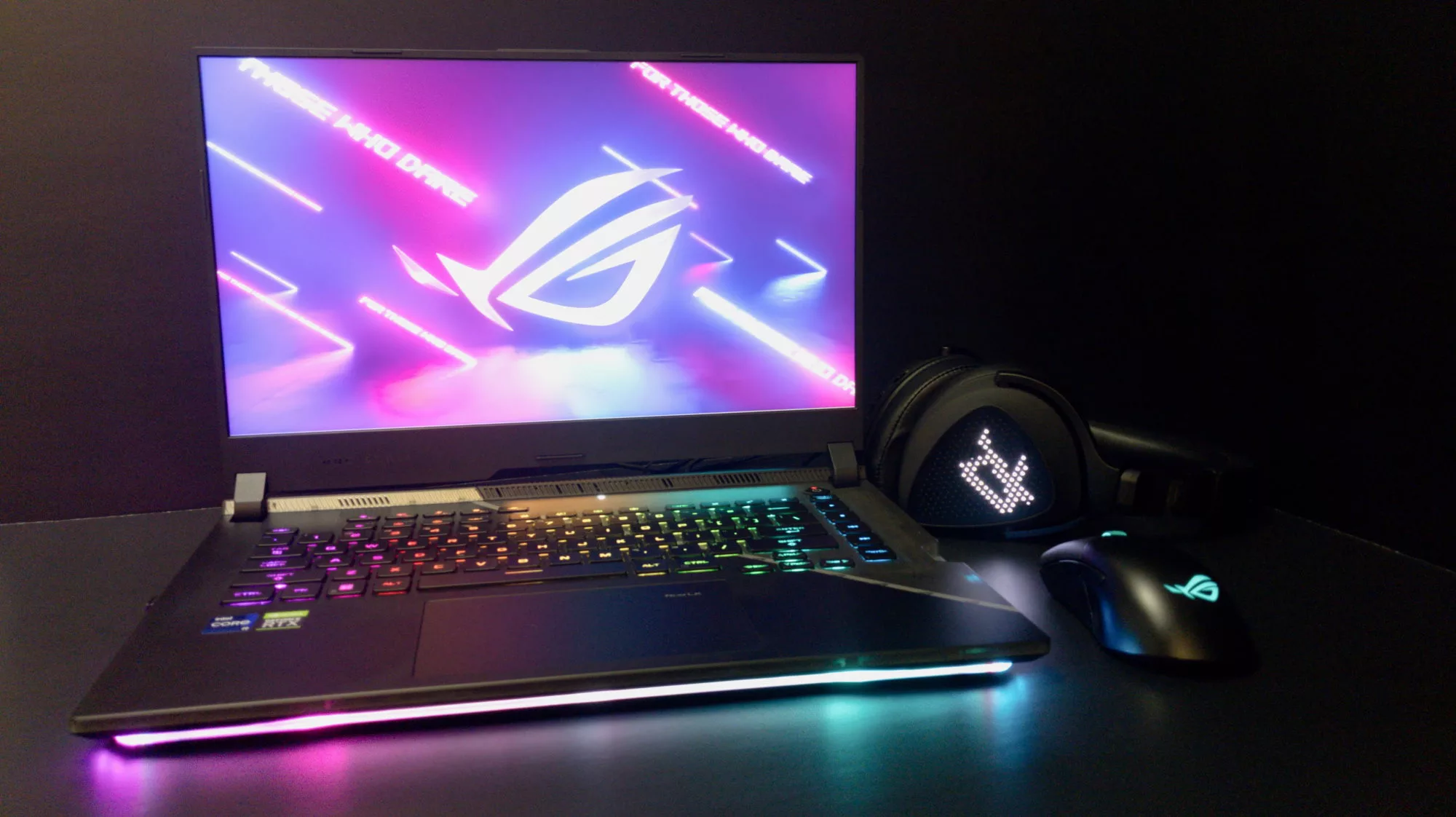
Ready to rumble out of the box: Hands-on with the ROG Strix SCAR 15
Living on the move or in a smaller space isn't a roadblock to high-end gaming. The ROG Strix SCAR makes portable powerful.
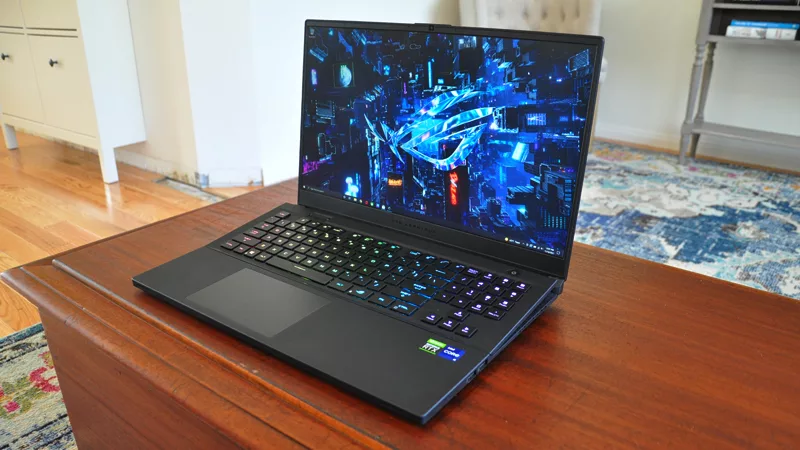
The ROG Zephyrus S17 is an outstanding mixture of power and portability
The S17 has it all: top-tier hardware in a slim package with all the bells and whistles.









